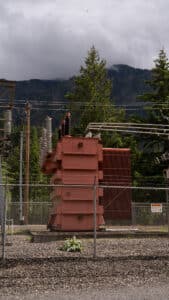Bitcoin has captured the world’s attention in recent years, but many prospective investors still feel uncertain about it. Is this digital asset just made-up internet money, or does it have real substance? If you’ve been asking questions like “What is Bitcoin?” or “Is Bitcoin worth it?”, you’re not alone. As a seasoned Bitcoin miner, I can tell you that Bitcoin is more real than you think. It represents a fusion of the digital and physical worlds — a form of money where energy is transformed into digital capital. In this guide, we’ll break down what Bitcoin is, how Bitcoin mining works, and why Bitcoin has real value, all in clear terms for anyone curious about investing in Bitcoin.
What Is Bitcoin? A Primer for New Investors
Bitcoin is often described as “digital gold,” but it’s much more than that. At its core, Bitcoin is a decentralized digital currency – money that isn’t controlled by any government or bank. Instead of physical coins or paper bills, bitcoins exist as entries on a public ledger distributed across thousands of computers worldwide (the blockchain). This network-driven ledger makes Bitcoin permissionless (anyone can use it) and censorship-resistant (no central authority can block transactions).
Launched in 2009 by the pseudonymous Satoshi Nakamoto, Bitcoin was the first cryptocurrency and remains the largest today. Only 21 million Bitcoin will ever exist, making it provably scarce. Over 19 million coins have already been mined as of 2025, and the rest will be released gradually over the next century. This fixed supply is a key reason bitcoin is seen as a hedge against inflation – unlike national currencies that can be printed freely, Bitcoin’s supply is strictly limited.
Bitcoin operates on a peer-to-peer network that allows anyone to send value anywhere, 24/7, without intermediaries. Transactions are verified by the network and recorded in blocks added to the chain roughly every 10 minutes. No middleman is needed to validate or settle payments, and you don’t have to trust a bank – the system’s code and global network of computers ensure every transaction is legitimate. In essence, owning bitcoin is like owning a piece of digital property: you hold a private key that gives you control over a portion of the fixed bitcoin supply, and the network recognizes your ownership without requiring permission from any authority.
How Bitcoin Mining Works: Turning Energy into Digital Assets
One of the most fascinating (and misunderstood) aspects of Bitcoin is Bitcoin mining. Mining is the process that introduces new Bitcoins into circulation and keeps the network secure. But unlike mining gold, which uses shovels and trucks, Bitcoin mining uses computers and electricity. Here’s a simple rundown:
- Global Competition: Miners worldwide run specialized machines (ASIC computers) that race to find a cryptographic hash. It’s like a lottery — the first miner to find a valid solution for the next block of transactions wins.
- Proof of Work: Finding this cryptographic solution requires trillions of guesses per second, which consumes a lot of electricity. This mechanism is called proof of work because the “winning ticket” proves a miner expended real computational effort (work) and energy.
- Block Rewards: The winning miner gets to add the new block to the blockchain and is rewarded with newly minted bitcoin (plus transaction fees). The reward was 50 BTC per block in 2009 and is cut in half about every four years (a scheduled event known as the halving). Today, each block yields much less (6.25 BTC as of early 2024, dropping to 3.125 BTC after the 2024 halving). This slowing issuance ensures Bitcoin’s supply growth keeps decreasing, reinforcing its scarcity.
- Security Shield: All the computing power and electricity miners pour in serves as a security shield for the network. To tamper with the ledger, an attacker would need more energy and machines than the rest of the world combined — an almost impossible feat. Thus, mining converts real-world energy into robust digital security for Bitcoin.
Inside a Bitcoin mining facility: rows of high-powered computers (mining rigs) hum away as they convert electricity into cryptographic value. These machines are the physical backbone of the Bitcoin network, illustrating how something digital can be rooted in real, tangible infrastructure. This mining operation highlights how Bitcoin’s digital network is supported by very real physical resources. It’s a reminder that behind every digital coin, there’s real energy and hardware at work.

Why Bitcoin Has Value (Debunking the “Backed by Nothing” Myth)
One misconception is that “Bitcoin isn’t backed by anything.” It’s true that Bitcoin isn’t backed by a physical commodity or a government’s promise, but that doesn’t mean it lacks value. In fact, Bitcoin is backed by something very concrete: the work and energy required to secure it.
Consider gold: gold is valuable partly because it’s scarce and takes effort to mine. Every human recognizes the energy it takes to pull it out of the ground. Bitcoin is similar – it’s scarce (capped at 21 million) and requires significant effort (computational mining) to obtain. In other words, Bitcoin is backed by energy and the laws of nature. In this way, it is just like gold. The vast amount of electricity and computing power invested in mining and maintaining the Bitcoin network underpins its security and scarcity. This proof-of-work makes bitcoin costly to create and provides a solid foundation for its value.
Beyond that, Bitcoin has value because people find it useful and trustworthy as a form of money. Here are a few fundamental reasons:
- Scarcity: Bitcoin’s fixed supply means it cannot be inflated. This contrasts with paper money, which central banks can print indefinitely, reducing its value.
- Divisibility & Portability: Bitcoin is easily divisible (you can buy or send a tiny fraction of 1 BTC) and highly portable. You can transfer it globally in minutes, which is impractical with gold or large sums of cash.
- Security & Decentralization: Bitcoin is maintained by a decentralized network, not a single authority. No one can arbitrarily confiscate or devalue your bitcoin. As long as you keep your private keys safe, you have sovereign control over your funds.
- Network Adoption: Millions of people and many institutions worldwide have adopted Bitcoin as an investment or payment method. This growing network effect increases Bitcoin’s liquidity and trust – the more people use and value it, the more robust its value becomes.
In short, Bitcoin derives value from its sound design (which requires real resources to uphold), its built-in scarcity, and its global adoption. So while it isn’t backed by a traditional asset, it’s certainly not “backed by nothing” – it’s backed by code, energy, and the network that has formed around it.
The Energy Debate: Bitcoin’s Energy Use Explained
You may have heard that Bitcoin mining uses a lot of energy. It does – by design – but that energy isn’t being “wasted.” It’s used to secure a global financial network. The electricity powers Bitcoin’s decentralized system, processing and safeguarding transactions without any central authority. We don’t consider banks or data centers wasteful for using power; similarly, Bitcoin’s energy use provides the valuable service of a neutral, tamper-proof monetary system.
Moreover, Bitcoin mining is increasingly powered by renewable and surplus energy. Miners naturally seek the cheapest power, which often comes from sources like hydroelectric, wind, solar, or energy that would otherwise be unused. This means a significant (and growing) portion of mining is done with sustainable energy. In fact, Bitcoin’s total energy footprint is a small fraction of global energy use. The industry is also continually improving efficiency and moving toward greener practices.
In short, Bitcoin converts electricity into network security and financial freedom. That energy expenditure is the price of a robust, censorship-resistant system — and innovators in the mining industry are working to ensure it’s as efficient and green as possible.
Bitcoin as Digital Property and Financial Empowerment
Another aspect that sets Bitcoin apart is the control it gives you over your wealth. When you hold bitcoin in your own wallet, you have full ownership of that asset — no bank or broker is needed to keep it for you. This is a fundamental shift in how we can manage money.
With Bitcoin, you can be your own bank. By securing your coins in a personal wallet (for example, a hardware device), you and only you control access to that value. No government or financial institution can freeze your bitcoin or take it without your consent, if you handle it properly. This financial sovereignty is unprecedented — even cash in a bank can be frozen or seized under certain conditions, but your self-custodied bitcoin is extremely resistant to seizure.
Bitcoin is also open to anyone. You don’t need permission to use it or a minimum balance to get started. This means someone in a developing country without access to a stable banking system can still save and transact in bitcoin, just as easily as someone in a major financial center. For investors, this global accessibility means Bitcoin’s market and user base are spread across the world, not tied to the fortunes of any single economy or company.
Furthermore, Bitcoin has emerged as a kind of savings technology. Because of its limited supply and increasing demand, Bitcoin has historically appreciated over long periods. Many people treat it as a way to store value for the future. Instead of keeping money in a savings account where inflation might eat away at its purchasing power, they hold bitcoin with the expectation that it will grow or at least hold its value as the network effect strengthens. This encourages a long-term mindset, where saving money can potentially yield significant benefits.
In summary, Bitcoin is not just another asset in your portfolio; it’s a new way to own and safeguard value. It offers a level of personal control, freedom, and potential upside that traditional financial assets rarely match.
Final Thoughts: Is Bitcoin Worth It for Investors?
After exploring Bitcoin from multiple angles, you might wonder if Bitcoin is worth it for you. Bitcoin has demonstrated remarkable resilience and growth. In a little over a decade, it went from an obscure experiment to a global asset held by millions of people, as well as corporations and even some governments. It has weathered crashes, crackdowns, and skepticism, yet each time recovered to reach new highs. This track record suggests that Bitcoin is not a passing fad but a durable innovation in finance. In an era of frequent money printing and economic uncertainty, Bitcoin also stands out as a form of hard money that no one can devalue by creating more of it.
If you’re intrigued by Bitcoin, a sensible approach is to continue learning and maybe dip your toes in gradually. Owning a little bitcoin can be an educational experience as much as an investment. And if you decide you want guidance along the way Abundant Mines is here to help. We specialize in helping new and curious investors navigate the world of Bitcoin, offering resources and hands-off mining solutions for those who want to turn energy into digital assets. Book a call today to learn more.
In the end, Bitcoin for investors is no longer a fringe idea — it’s an increasingly mainstream consideration. The digital asset that once seemed like science fiction is now a tangible part of the financial landscape. With due diligence and prudent planning, you can decide if and how Bitcoin fits into your financial future. One thing is certain: Bitcoin has proven to be more real than many ever imagined, and its story in the world of investing is only just beginning.
Disclaimer: The information provided in this blog is for informational and educational purposes only and should not be construed as financial advice. Please consult with a financial advisor or conduct your own research before making any financial decisions.



